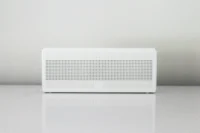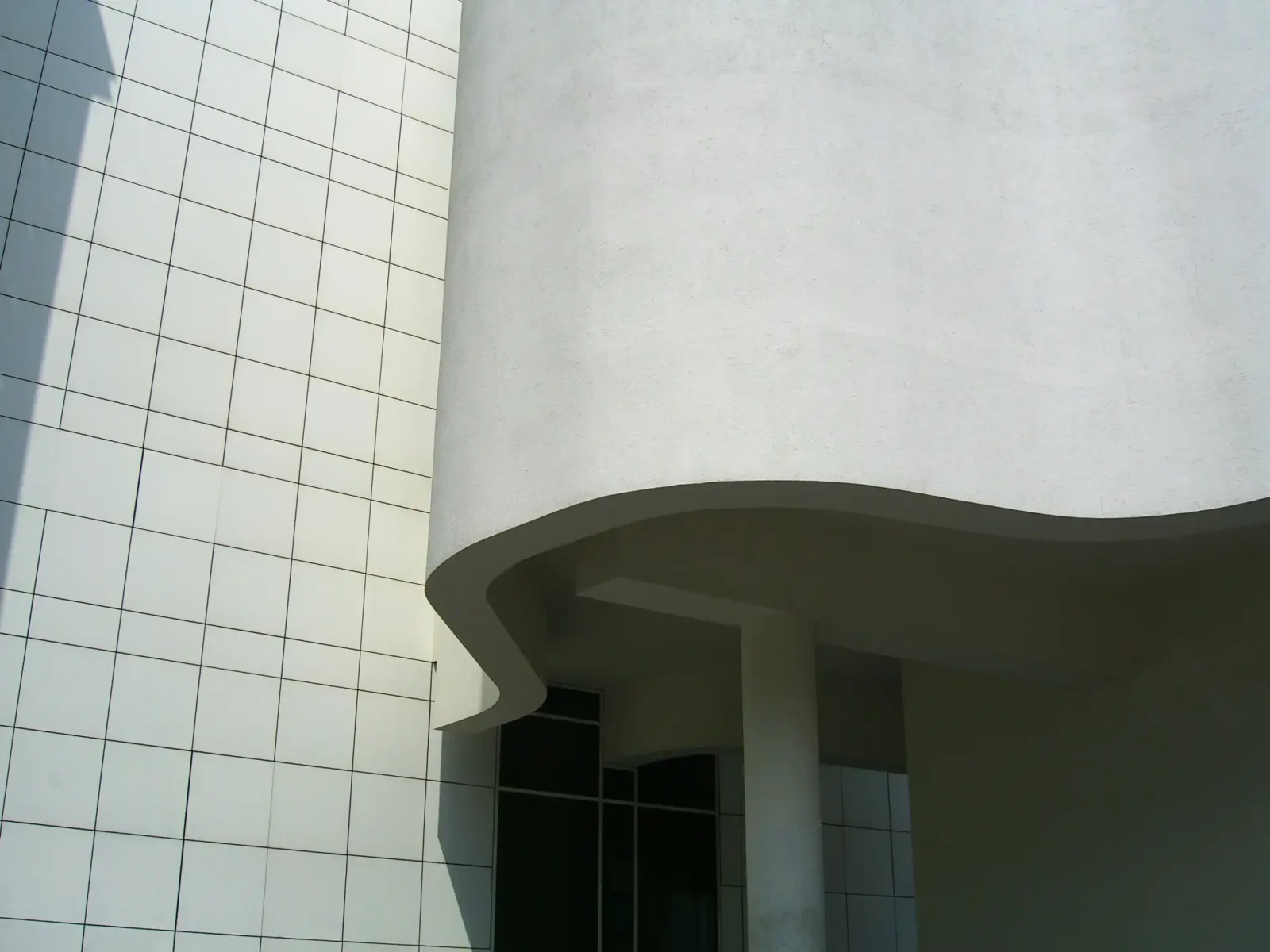- Home
- Articles
- Architectural Portfolio
- Architectral Presentation
- Inspirational Stories
- Architecture News
- Visualization
- BIM Industry
- Facade Design
- Parametric Design
- Career
- Landscape Architecture
- Construction
- Artificial Intelligence
- Sketching
- Design Softwares
- Diagrams
- Writing
- Architectural Tips
- Sustainability
- Courses
- Concept
- Technology
- History & Heritage
- Future of Architecture
- Guides & How-To
- Art & Culture
- Projects
- Interior Design
- Competitions
- Jobs
- Store
- Tools
- More
- Home
- Articles
- Architectural Portfolio
- Architectral Presentation
- Inspirational Stories
- Architecture News
- Visualization
- BIM Industry
- Facade Design
- Parametric Design
- Career
- Landscape Architecture
- Construction
- Artificial Intelligence
- Sketching
- Design Softwares
- Diagrams
- Writing
- Architectural Tips
- Sustainability
- Courses
- Concept
- Technology
- History & Heritage
- Future of Architecture
- Guides & How-To
- Art & Culture
- Projects
- Interior Design
- Competitions
- Jobs
- Store
- Tools
- More
7 Key Considerations for Air Conditioning in Architecture to Enhance Design and Efficiency
Discover the 7 key considerations for integrating air conditioning into architectural design. From energy efficiency and indoor air quality to aesthetics and advanced HVAC technologies, explore how to balance functionality, sustainability, and style to create comfortable, high-performing spaces. Learn about future trends shaping modern architecture and climate solutions.

Designing comfortable and energy-efficient spaces goes beyond aesthetics—it’s about creating environments that work seamlessly with their purpose. One critical element we often overlook in architecture is air conditioning. It’s not just about cooling; it’s about integrating systems that enhance comfort, sustainability, and functionality.
When we incorporate air conditioning into architectural planning, we face unique challenges and opportunities. From energy efficiency to spatial integration, these decisions can significantly impact the building’s performance and user experience. By understanding key considerations, we can create spaces that balance design and practicality.
Let’s explore the essential factors architects and designers should prioritize when planning air conditioning systems. These insights can help us make informed decisions that elevate both form and function.

Table of Contents
ToggleImportance Of Air Conditioning In Architecture
Air conditioning plays a vital role in creating functional and comfortable spaces within architectural design. It directly affects indoor air quality, temperature regulation, and occupant well-being, making it integral to modern buildings. Without proper air conditioning, maintaining thermal comfort in varying climates becomes challenging, leading to reduced usability of spaces.
Efficient air conditioning systems enhance energy performance, which significantly impacts building sustainability. By optimizing energy consumption through advanced HVAC technologies (e.g., variable refrigerant flow systems and heat pumps), we contribute to reduced environmental impact while lowering operational costs. This aligns with growing regulations and standards for sustainable buildings.
Air conditioning systems also influence structural design and space planning. Systems such as ductwork, vents, and condensers require careful integration to avoid obstructing aesthetics or functionality. Incorporating these elements during the initial design phase helps maintain cohesive layouts and eliminates retrofitting challenges that could compromise the building’s integrity.
Incorporating air conditioning supports adaptability in multipurpose buildings. Spaces like offices, retail centers, and hospitals demand specific environmental conditions, which air conditioning systems provide effectively. Zones with individualized climate control improve user convenience and operational flexibility, meeting diverse architectural needs.
Understanding The 7 Key Considerations
Designing air conditioning systems within architecture requires balancing technical, environmental, and practical factors. These key considerations ensure functionality, sustainability, and user comfort.

Climate And Regional Factors
Climate and regional conditions shape air conditioning design requirements. Warm, humid regions demand cooling systems with dehumidification capabilities, while colder climates might prioritize heating efficiency. Local temperature fluctuations, seasonal needs, and weather patterns influence performance specifications.
Energy Efficiency And Sustainability
Efficient systems reduce operational costs and environmental impact. Incorporating energy-efficient HVAC components, like variable refrigerant flow (VRF) or energy recovery ventilators (ERVs), optimizes performance. Using renewable energy sources, such as solar-powered HVAC units, enhances sustainability.
System Type And Design Flexibility
System types play a critical role in architectural compatibility. Centralized systems, like chiller-based setups, suit large buildings requiring uniform cooling, while ductless options cater to smaller spaces with specific zoning needs. Flexible designs accommodate future modifications without disrupting building infrastructure.
Indoor Air Quality
High air quality enhances occupant comfort. Integrating features like HEPA filters, UV light systems, and humidity controls ensures pollutant removal and allergen reduction. Proper ventilation strategies combat stale air and maintain a healthy indoor environment.
Noise Control And Acoustic Comfort
Minimizing noise from HVAC units improves acoustic comfort. Selecting systems with low decibel ratings, isolating mechanical equipment, and using noise-absorbing materials prevent disruptions. Silent operation maintains peaceful environments in offices and homes.
Space Planning And Aesthetic Integration
Air conditioning systems must align with architectural aesthetics. Concealing ducts, vents, and units through recessed designs or camouflaged coverings preserves visual harmony. Integrative placement avoids compromising functional areas, ensuring usability and style.
Maintenance And Lifespan
Efficient operation depends on maintainability and durability. Choosing reliable components and systems with accessible parts simplifies upkeep and reduces downtime. Regular maintenance schedules optimize performance and extend system lifespan.
Balancing Functionality And Design
Incorporating air conditioning into architecture demands equal attention to technical requirements and design aesthetics. Functionality ensures effective temperature regulation, while design preserves architectural integrity and enhances visual appeal.

Optimizing spatial layout is crucial for integrating air conditioning without compromising design. Concealing ductwork, vents, and equipment through recessed ceilings, custom housings, or architectural features maintains a clean look. For example, using linear diffusers within minimalist interiors ensures air distribution without disrupting aesthetics.
Selecting the right system aligns functionality with architectural objectives. Split systems work well in smaller spaces with limited ducting needs, whereas centralized HVAC systems suit larger buildings with complex layouts. Matching the system’s scale to the building design prevents inefficiencies.
Material choice plays a key role in visual and operational balance. For instance, grills and vents using color-matched metals or wood blends preserve design themes. Using materials with thermal properties further improves system efficiency.
Integrating automation enhances both usability and appearance. Smart thermostats and concealed sensors reduce manual intervention while aligning with modern design approaches. Intelligent solutions provide functionality without introducing unnecessary hardware into visible spaces.
By addressing these elements, air conditioning systems can support both operational goals and aesthetic design principles without compromise.
Future Trends In Air Conditioning For Architecture
Emerging technologies and evolving needs continue to shape air conditioning in architecture. These trends focus on improving energy efficiency, integrating smart technology, and addressing environmental concerns.

1. Smart HVAC Systems
Modern designs increasingly incorporate smart HVAC systems. These systems use IoT devices and sensors to monitor and adjust temperature, air quality, and energy consumption in real-time. For example, occupancy sensors optimize cooling only in occupied spaces, reducing waste.
2. Renewable Energy Integration
Air conditioning technology is transitioning to renewable energy sources. Advanced systems leverage solar-powered HVAC units or geothermal solutions, reducing reliance on fossil fuels and lowering operational emissions.
3. Advanced Thermal Storage
Air conditioning systems now include thermal storage technology. These systems store excess cooling energy during off-peak hours, releasing it during peak demand, which reduces energy costs and aligns with grid efficiency goals.
4. Modular HVAC Design
Modular systems are gaining popularity for their scalability. These systems are ideal for buildings with phased construction, allowing additions without overhauling the existing design. For instance, multi-zone VRF systems easily scale with minimal disruption.
5. Natural Ventilation Hybridization
Designs blending air conditioning with natural ventilation are optimizing energy use. Architectural elements like operable windows or passive cooling features work alongside HVAC systems, enhancing overall performance.
6. Low-GWP Refrigerants
Environmental regulations are driving the adoption of low-global warming potential (GWP) refrigerants. Systems using alternatives like R-32 minimize environmental impact while maintaining cooling efficiency.
7. AI-Driven Predictive Maintenance
Predictive maintenance using AI reduces downtime and operational costs. These systems preemptively detect potential failures, ensuring continuous efficient operation and extending system lifespan.
8. Adaptable Climate Solutions
Systems are adapting for climate resilience. Innovations include systems designed for extreme weather or changing climate conditions, prioritizing durability and consistent function regardless of external factors.
These trends illustrate the shift toward sustainable, efficient, and technologically advanced air conditioning solutions in modern architecture.
Conclusion
The integration of air conditioning in architecture demands a balanced approach that merges technical precision and design aesthetics. Each key consideration—from climate responsiveness, energy efficiency, and system flexibility to indoor air quality, noise control, and aesthetic cohesion—plays a significant role in ensuring functional and sustainable building environments.
Designing air conditioning systems necessitates adapting solutions to meet the unique requirements of each project. This includes optimizing spatial layouts, selecting advanced technologies, and incorporating materials that align with both utility and visual harmony. Advances such as smart HVAC systems, renewable energy integration, and AI-driven maintenance further enhance the adaptability and efficiency of modern designs.
Focusing on these considerations equips us to address evolving architectural and environmental challenges, resulting in air conditioning solutions that support comfort, sustainability, and long-term performance.
- air conditioning efficiency tips
- air conditioning in architecture
- air conditioning in sustainable architecture
- architectural design with air conditioning
- architecture and HVAC integration
- building design for energy efficiency
- designing buildings with HVAC efficiency
- efficient HVAC design
- energy-efficient air conditioning systems
- green building air conditioning
- HVAC considerations in building design
- HVAC design principles
- innovative HVAC design
- integrated air conditioning solutions
- optimizing HVAC in architecture
- smart air conditioning for architecture
- sustainable cooling solutions
Submit your architectural projects
Follow these steps for submission your project. Submission FormLatest Posts
The Ultimate Guide to Fencing in North Dakota: Choosing the Best Fence for Your Property
Watching a chain link fence twist in 70 mph winds near Minot...
Gaudí: Where Architecture Meets Science
Gaudí: Where Architecture Meets Science shows catenary arches, ruled surfaces, and biomimicry...
How Housing Market Forces Shape Architectural Design Today
Architecture never exists in isolation. Buildings rise from a mix of ambition,...
Why Portable Formaldehyde Gas Detectors Matter on Construction Sites
As construction practices shift toward more enclosed and material-intensive environments, the risk...












Leave a comment